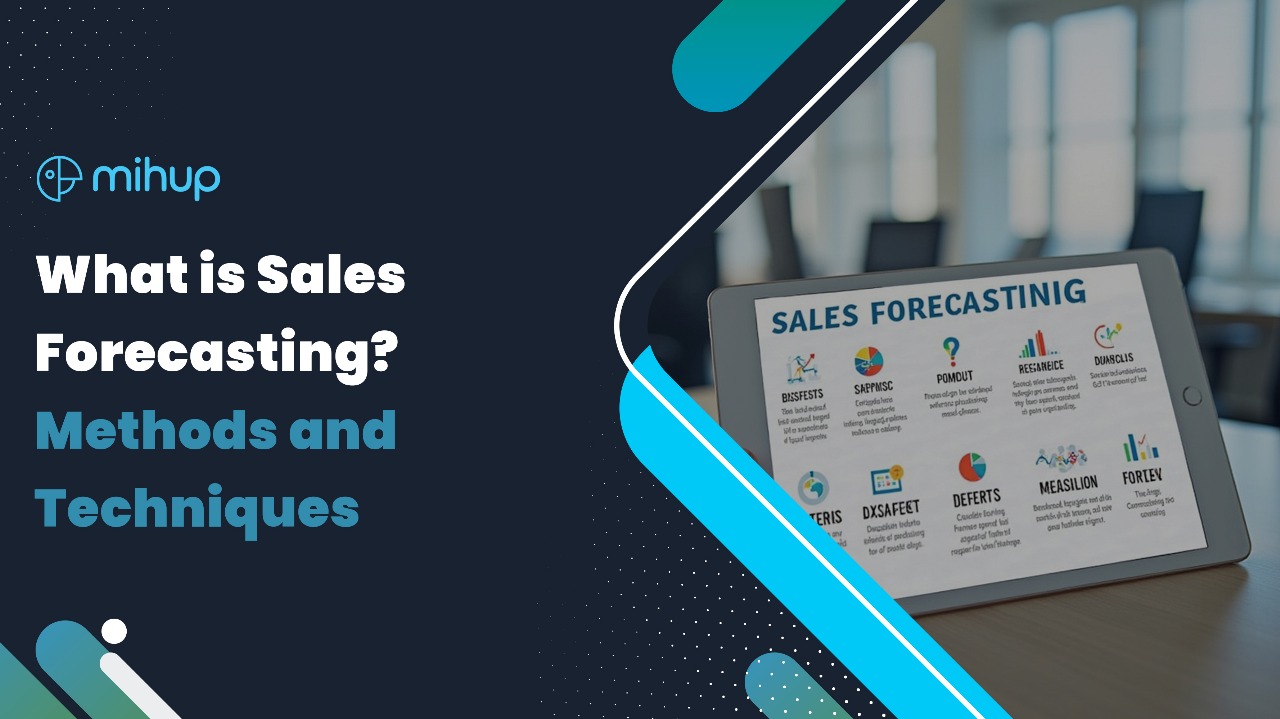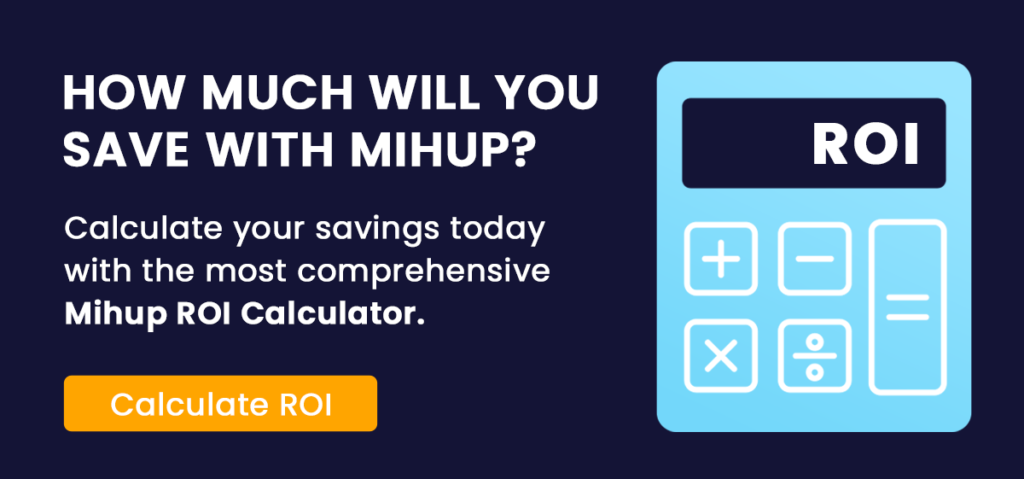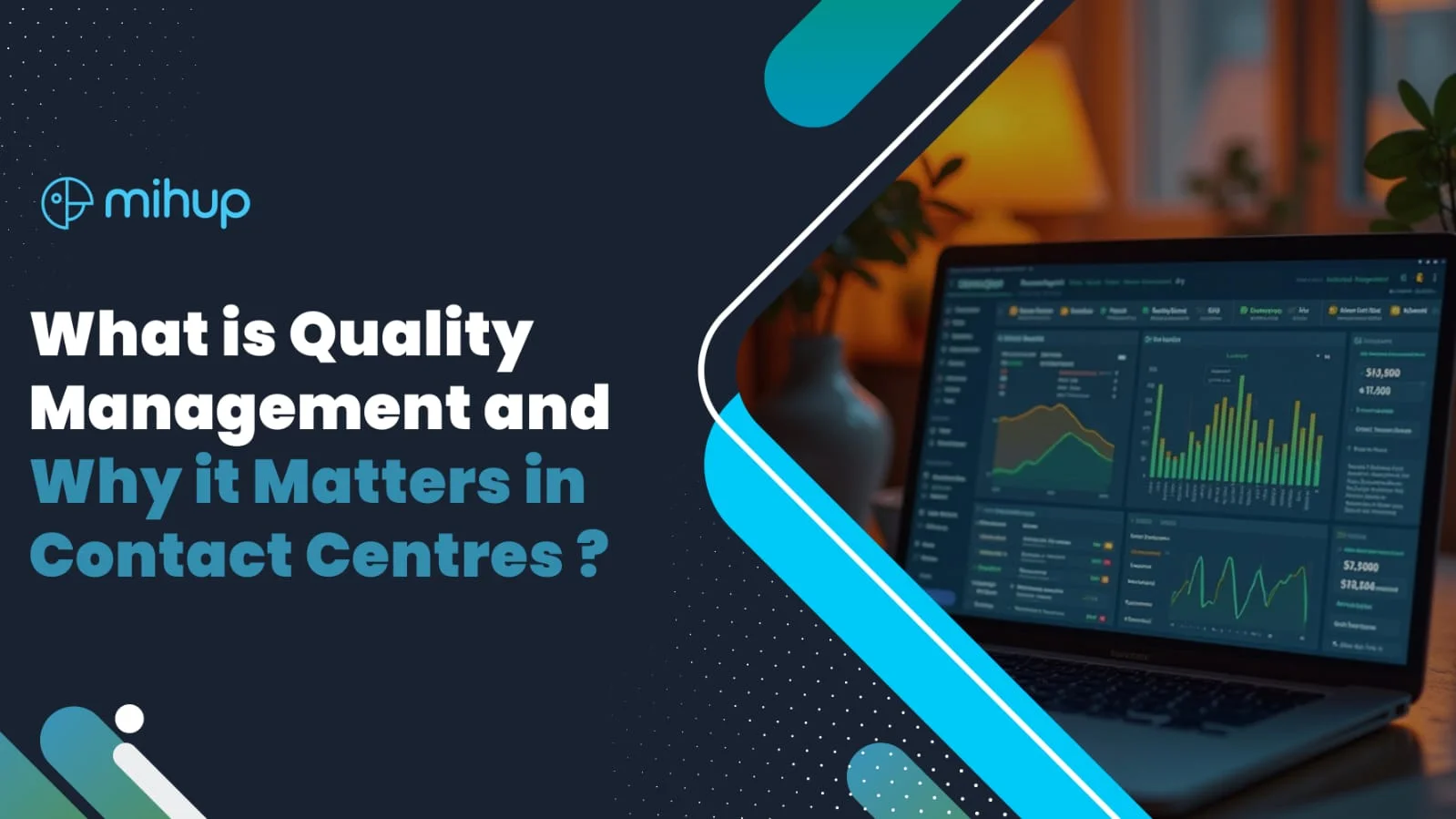In today’s fast business world, just guessing about the future isn’t enough. To do well, companies need a good idea of what sales will look like down the road. This is where sales forecasting helps. It’s a key practice, not just a wild guess.
What Exactly is Sales Forecasting?
Simply put, sales forecasting is about predicting how much money your company will make from sales in a specific time. This could be a month, a quarter, or a year. It’s a smart guess based on checking your past sales numbers, looking at how likely current deals are to close, and watching outside market signs that might affect what people buy.
Think of it like a map for your business money. Knowing where sales are likely to go helps companies make smarter choices based on facts, not just feelings. A study in 2024 found that sales teams using data to forecast hit their sales goals about 20% more often than teams who just went with their gut feeling.
It’s good to know that a sales forecast is different from a sales target. A target is what a company wants to sell. A forecast uses real information from the past and present to make a good guess about what sales will probably be.
Why is Sales Forecasting So Important?
Sales forecasting isn’t just about numbers. It’s the main building block for all plans that aim to make money. Here’s why it’s a must-have:
- Making Smart Plans: Forecasts give a clear picture of where the business is going. This helps leaders decide big things like launching new products, moving into new markets, or even joining with other companies. Knowing these future possibilities helps businesses make choices that fit their long-term goals.
- Using Your Money and People Wisely: A forecast that’s close to correct helps make sure you use your resources – like staff, money, or technology – in the best way. It stops you from spending too much where you won’t get results and makes sure you invest in areas that have high potential.
- Setting Budgets and Goals: Good sales forecast information is the base for guessing future income and costs. It helps businesses set sales goals that are challenging but possible. Using this data helps companies spend money well and makes sure sales teams have what they need to hit their targets while keeping the company financially healthy.
- Finding Problems Early: A key role of sales forecasting is spotting possible troubles before they get big. For example, if a forecast shows a sales team is likely to miss their goal, managers can step in early. This stops small problems from becoming much bigger ones.
- Building Trust: Accurate forecasts build trust with company leaders and investors because they show what the company expects to earn. While missing forecasts can happen, a strong forecasting process shows the company uses data to make decisions and manage risks.
Simply put, sales forecasting is like having a compass for your business in changing markets. It gives you a look ahead and helps you plan smart steps for steady growth.
Proven Ways to Forecast Sales
Most successful companies use a mix of methods that work best for them. Here are five common ways to forecast sales that often lead to more accurate results:
- Time series forecasting model
This method uses past sales trends to guess sales in the future. It looks at when sales go up or down during certain times of the year (seasonality). It’s like a math formula that takes in old sales numbers (like from each month) to guess what will happen next.
- Insight: It shows you patterns in sales over time. For example, it can predict future numbers based on past ups and downs.
- Action: You can use past patterns to guess future sales if things stay steady.
- Limit: These models don’t work well when the market changes a lot, because they expect the future to be like the past. They can’t easily guess what will happen in uncertain times.
- Regression forecasting model
This method uses past information and math to guess future sales. It looks at many different things over time. These include market conditions, how customers feel (customer sentiment), economy trends, what buyers do (consumer behavior), and what competitors are doing.
- Insight: This helps you see how changes in one thing can make sales change. It helps analyze these connections.
- Action: You can use this to plan because you can guess how certain factors might affect sales. It helps guess customer demand. In retail, it can help plan inventory and marketing ads.
- Historical forecasting model
This method uses only old sales numbers to guess future sales. It’s used a lot in shops, banks, and insurance.
- Insight: By looking at past sales numbers (past sales figures), companies can guess if future sales will be different from before. It helps businesses try to stay ahead and know what to expect from customers.
- Action: Businesses can change their plans based on these guesses. For example, a shop can look at sales from past years to find patterns. This helps them plan inventory and staff based on guessed customer demand. You use it to plan for changes you expect based on history.
- Opportunity stage sales forecasting model
This method uses the deals your sales team is working on right now to guess future sales. It looks at facts like how customers feel, how popular products are, and what people are buying now (current buying trends).
- Insight: It helps you understand what customers might buy soon based on deals in progress. It gives insights into customer behavior. It shows where your sales process could be better (optimization or improvement).
- Action: This is very helpful for things that take a long time to sell (like factory goods or software). You can look at numbers from your sales process (sales pipeline metrics). Tracking deals helps you make better plans and more correct guesses. It helps you use data in your business.
- Lead value sales forecasting model
This method uses information about potential customers (data from customer leads) to guess future sales. It uses facts like their contact info, things they bought before, what they like, and facts about them (like age group – demographics).
- Insight: After looking at this data, it gives a good guess about which potential customers (leads) are likely to buy (convert) in the future. It’s very useful for guessing sales that might happen soon (short-term revenue projections). It helps you understand what affects your sales.
- Action: You can use this to find ways to make things better. It can help make more money (increase profitability). It can help decide the best product pricing. It helps plan for changes in the market.
- Length of sales cycle forecasting model
This method uses how long it took past customers to buy something to guess how long it will take new potential customers. It looks at things like groups of customers (customer segmentation), how much a customer might spend over time (customer lifetime value), and where they live (geographic region).
- Insight: It guesses the average time customers will take to buy. It helps both the buyer and seller understand the expected timeline. This helps set realistic expectations.
- Action: By knowing how long sales usually take, both sides can be better ready for successful deals. For example, a seller won’t guess wrong about how fast a deal will close.
- Intuitive sales forecasting model
This method guesses future sales based on feelings, experience, and smart thoughts from people who know a lot (intuition, experience, and judgment). It’s a way that does not rely just on numbers.
- Insight: This is often used when there aren’t many past sales numbers or when the market is changing fast. It can help make choices about marketing money or new products.
- Action: A common way is to ask important people in the business for their thoughts before deciding. This helps leaders make smarter choices by getting many ideas (multiple perspectives). It can also help understand customer preferences and market trends.
- Multivariable analysis sales forecasting model
As the name says, this method uses many different things at the same time (multiple variables) to guess future sales accurately. These can include customer demographics, seasonality, economic indicators, marketing campaigns, new products, and what competitors are doing.
- Insight: By looking at these factors together, businesses can find links (correlations) that they might not see otherwise. This helps leaders make better choices based on data (data-driven decisions).
- Action: You can find what plans will work best to get more sales. For example, a business might see that a certain group of customers buys more during a certain season when a certain ad is running. They can then create marketing ads for specific groups or change when they launch new products to get sales up.
Common Mistakes to Avoid
Even though sales forecasting is vital, companies often make similar errors:
- Believing Only What Salespeople Report: Relying too much on salespeople saying how likely a deal is can make forecasts look better than they are. Salespeople are under pressure, which can make their reports too hopeful.
- Slow Manual Tasks: Spending a lot of time on forecasting by hand takes time away from selling. Using automated tools for these tasks saves time and can improve accuracy.
- Predicting Too Much Revenue: Under pressure to show good numbers, salespeople often guess that more deals will close than actually do. Being realistic is key.
- Not Looking at Outside Signals: Ignoring sudden changes in the market – like higher interest rates, new products from competitors, or supply chain problems – means your forecasts won’t see big risks coming.
Why Sharing Data is Key
No matter which method you use, how good your sales forecast is really depends on easily sharing data in real-time between sales, finance, and marketing. Data being stuck in different places is a big problem for making accurate guesses.
Even though getting all data together can be hard, sharing it helps companies use tools like AI better. AI is great at finding trends in large amounts of data that humans might miss.
Sharing data with marketing helps make sure advertising plans match sales timing. Sharing with finance links budgets and money plans directly to expected sales, helping use money wisely. Sharing with operations helps predict when more products or staff might be needed.
Conclusion
Sales forecasting is much more than just guessing the future; it’s a vital plan for success. By knowing what it is, understanding the different ways to do it, avoiding common errors, and making sure data is shared, businesses can get a strong look ahead. This helps them make smart choices, use resources well, lower risks, and in the end, grow steadily and stay competitive.
Real-time AI can change how your contact center works
Using Real-time AI and Conversational AI is now very important for contact centers that want to do great work. Companies like Mihup are leading the way. They give you tools to find useful information from every time you talk with a customer. They also help your agents with support as they are talking. Mihup makes things run better, helps agents perform well, and understand customers more. This leads to happier customers and good business results.
Want to see how Real-time AI can change how your contact center works? Visit Mihup.ai now to find out more or ask for a demo.





